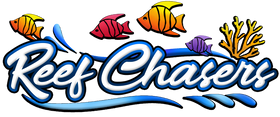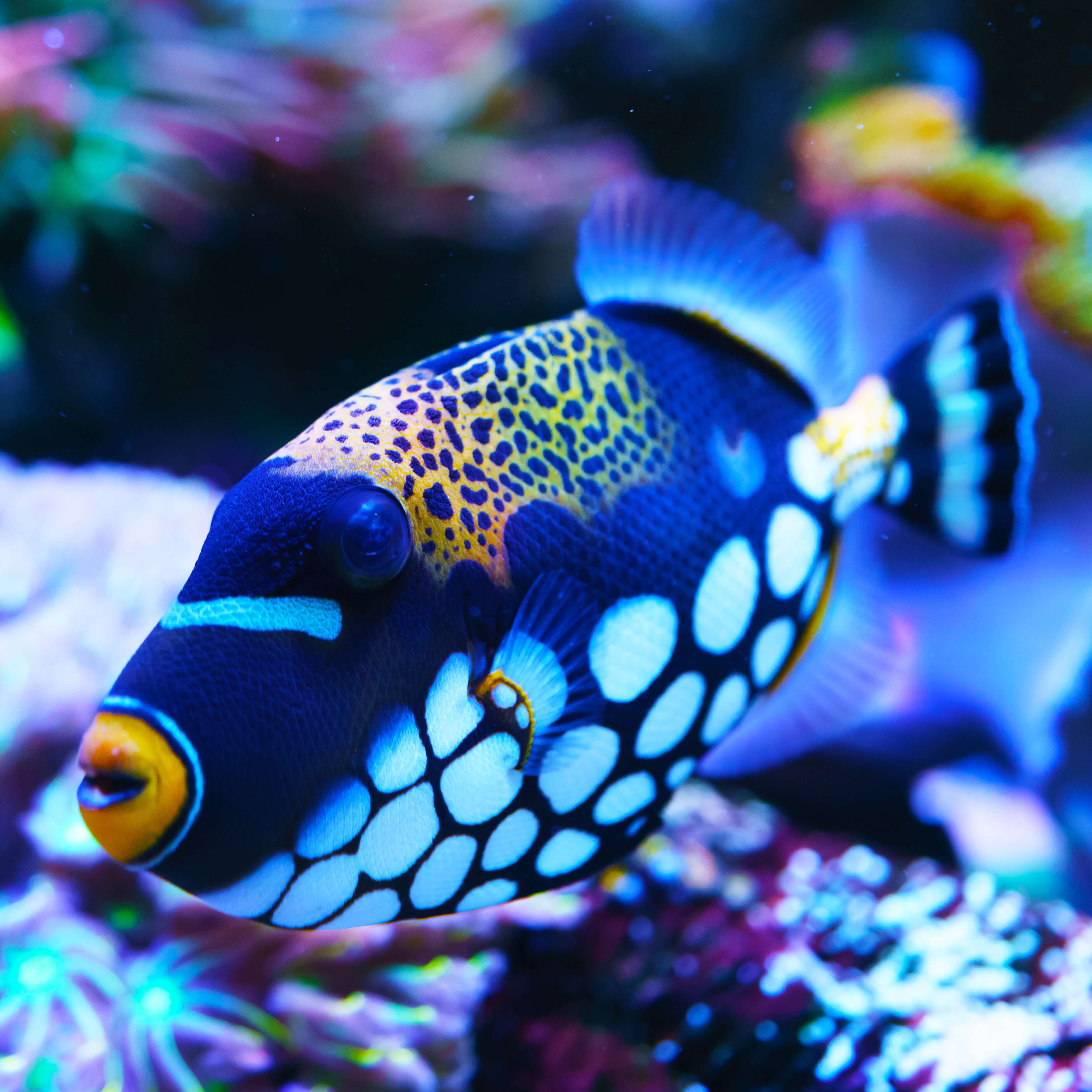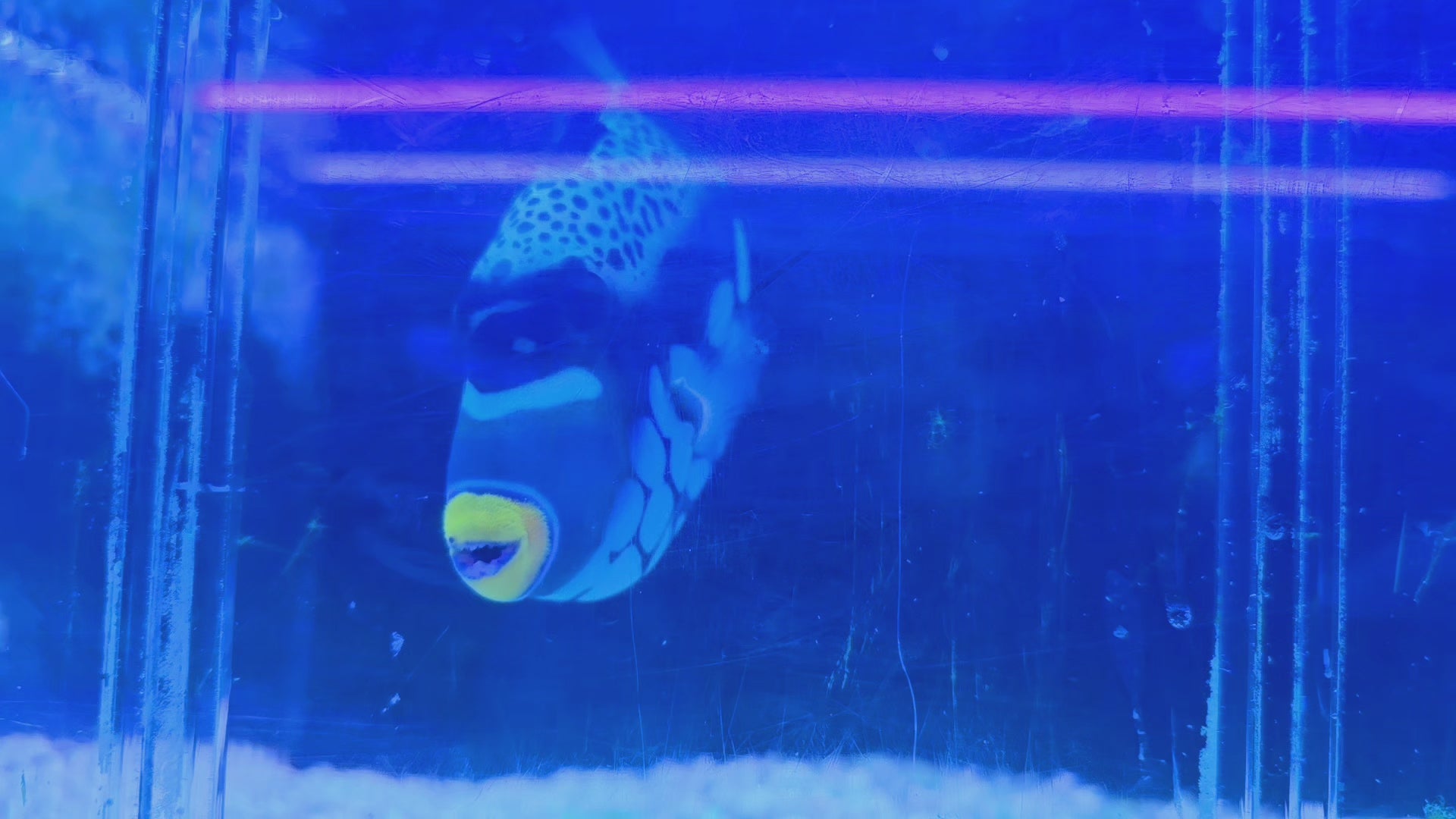| Clown Trigger *QUARANTINED* |
| CARE LEVEL | TEMPERAMENT | DIET |
REEF SAFE |
| Intermediate | Aggressive |
Carnivore |
With Caution |
| PURCHASE SIZE | MAX SIZE |
ORIGIN |
TANK SIZE |
|
SMALL: 1-2" MED: 2-4" LARGE: 4-6" XLARGE: 6-8"+ |
20" |
Australia, Indo Pacific, Tonga | 250g |
| SG |
TEMPERATURE |
dKH |
pH |
| 1.020-1.025 | 72-78F |
8-12 |
8.1-8.4 |
|
View Marine Fish Compatibility Chart This is a great sized clown trigger! Very large and now fully quarantined and swimming in our salty lagoon holding system and backed by our 14 day guarantee. See WYSIWYG Video Balistoides conspicillum Clown Triggerfish may become aggressive especially as it reaches maturity. For the most part, this particular triggerfish is not prone to grazing on corals but caution is still advised as it will definitely go after smaller crustaceans such as snails/hermits. It is also prone to re-arranging rockwork so make sure your rockwork is secure and not loose near glass where damage can happen. As long as your rockwork is secure the fish will not be able to move it, especially at the small purchase size. This fish is very large when it reaches full maturity. Its body has a stocky appearance, oval shape and compressed laterally. The head is large and represents approximately one third of the body length. The mouth is small, terminal and has strong teeth. The first dorsal fin is composed of three spines, one of which is longer and stronger. It is erectile and hidden in a dorsal furrow. This set of dorsal spines composed a trigger system which is a characteristic from the family. The second dorsal fin is similar in shape and size to the anal fin which is symmetrically opposed to it. The background coloration is black. Half of inferior part of the body is marked with big white spots which are more or less round.
The diet of the Clown Triggerfish should be a varied diet of High Quality Krill, Mysis, Brine and other vitamin enriched, meaty foods. Triggerfish, along with other fish, corals and invertebrates will also benefit greatly from Live Phytoplankton which is readily available to them in the wild. |
|
For more information about this species and more visit our Marine Fish Care Blog.
|


